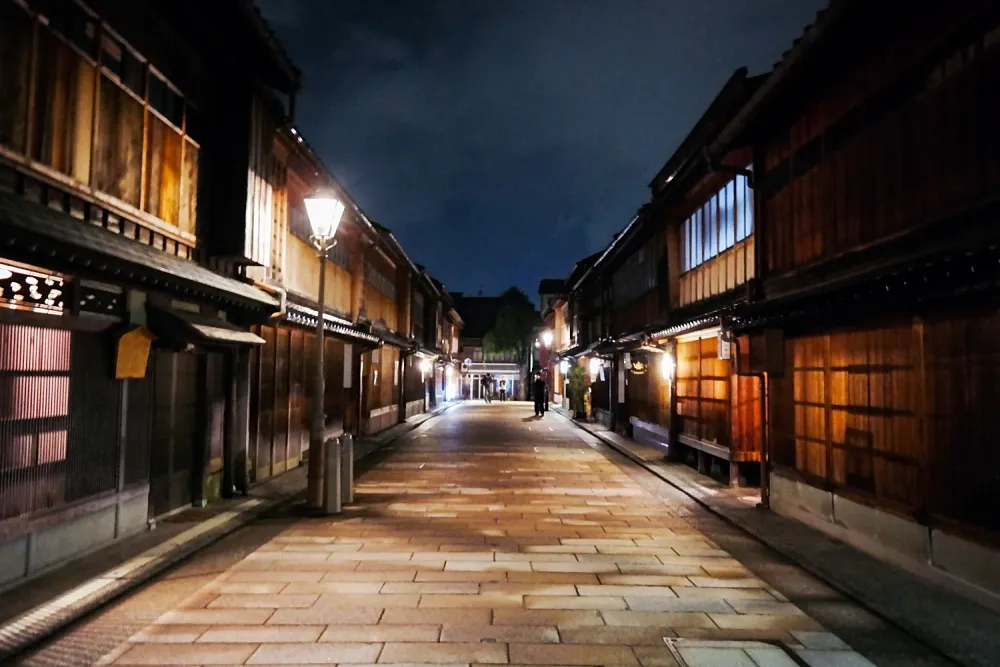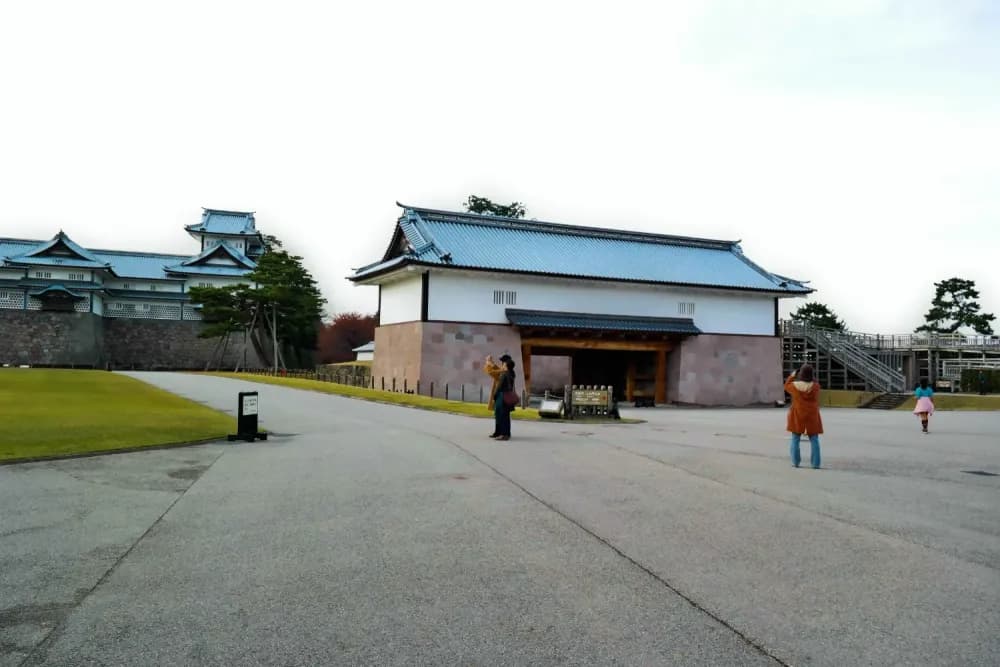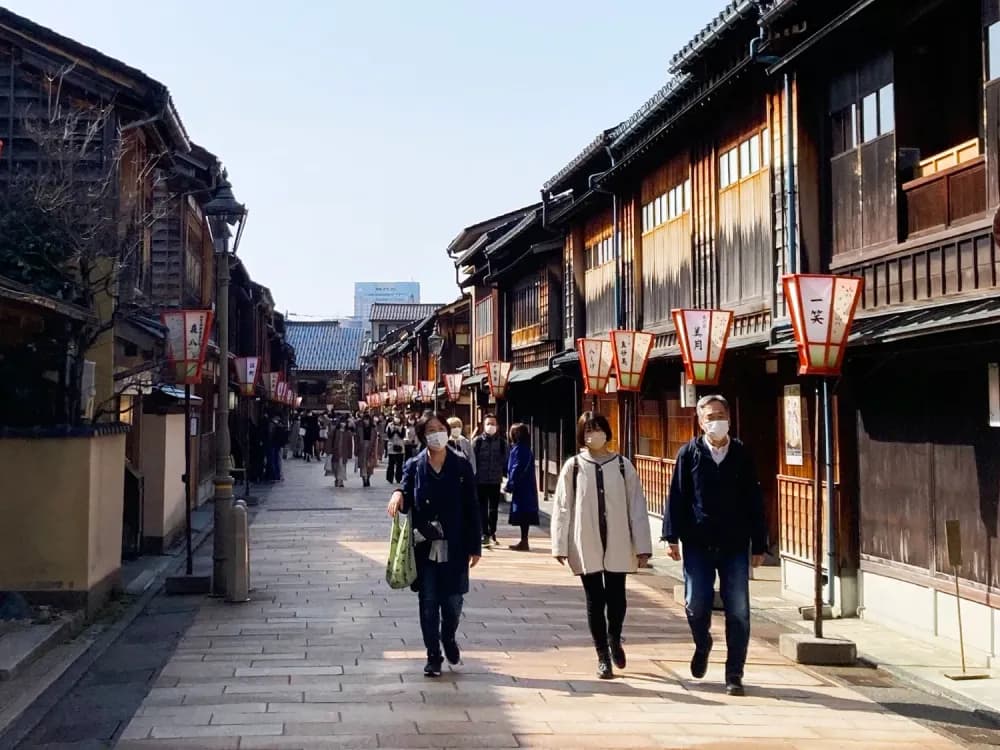Spacious park area
Beautifully restored castle structures
Operating Hours
07:00 to 18:00 (Daily)
08:00 to 17:00 (Daily)
Unlike many Japanese castles (城, Shiro) across Japan, Kanazawa Castle does not have a tenshu (天守, Main Keep) (there was once a keep for 22 years before it burnt down in 1602), and restoration works on the castle are still ongoing. Buildings have been progressively rebuilt using traditional methods since the early 2000s, up till now. Turrets, warehouses, gates, bridges, all of these were made to resemble their appearance in the 1880s, and these buildings are open to explore for the public (with some being ticketed).
The Castle Park features wide open spaces, beautifully restored structures, displays on the interior that elaborate on the restoration progress, as well as a beautiful Japanese garden, Gyokuseninmaru Garden. It’s a great place to stroll through, admire the architecture of both the exterior and interior of the castle structures.
Kanazawa Castle Park's Story
Kanazawa Castle Park sits on the site of the former Kanazawa Castle, constructed in 1580, and was burnt down and rebuilt multiple across the 14 generations that it was the home of the Maeda Clan (前田氏, Maeda-shi) that ruled the Kaga Domain (加賀藩, Kaga-han), today's Ishikawa Prefecture and Toyama Prefecture (富山県, Toyama-ken). After the Meiji Restoration (明治維新, Meiji Ishin) in 1869, and the abolition of the feudal lord system, the castle was headquarters to the 9th Division of the Imperial Japanese Army up till 1949. After the war, it became the main campus for Kanazawa University, which moved out in 1989, leaving space for the restoration of the castle. Since the 1990s, parts of the castle have been progressively restored to their original form of the 1880s, and restoration works remain ongoing.
Recommended Spots in Kanazawa Castle Park
The last gate to enter the castle’s inner grounds, it was burnt down in 1881 by an accidental fire, and was restored in 2015. Excavated artifacts, historical records, and traditional techniques (without nails) were used to restore the gate, the stone walls, the plastered walls, and the lead tiles.
The Kahoku-mon (河北門, lit. River North Gate) was considered the main gate to the castle as it was the outward-facing gate. It consisted of a two-gate structure, with a simple wooden Ichi-no-Mon (一の門, lit. the first gate), and a reinforced two-story Ni-no-Mon (二の門, lit. the second gate) with a built-in watch tower with gaps to drop stones, as well as a steel-reinforced door. The area in-between the Ichi-no-Mon and the Ni-no-Mon was surrounded by Masugata Dobei (枡形土塀), walls that looked like earthen walls with plaster, but were actually hidden stone walls to hide their strength from attackers.
The Nezumita-mon Gate is on the west side of the castle, and used to be connected to the Kanaya Demaru district (金谷出丸) by the Nezumita-mon Bridge that crossed the moat. Today, the restored bridge is 32 meters long (3 meters longer than the original, as the moat has been replaced by a road), and connects Kanazawa Castle Park with Oyama Shrine.
Kanazawa Castle Park Is Mentioned In
Getting to Kanazawa Castle Park
From
金沢駅
Kanazawa Station
IRいしかわ鉄道線
IR Ishikawa Railway Line
Take Kenrokuen Exit (East Exit)
Bus
15 mins
¥200
Take bus 11, 12, Kanazawa Left Loop Bus from Kanazawa Station to Kenrokuen / Kanazawa Castle Park (兼六園・金沢城下) bus stop.
From
兼六園下・金沢城バス停
Kenrokuen / Kanazawa Castle Park Bus Stop
Walk
2 mins
200m
Nearby Kanazawa Castle Park
金沢
Kanazawa
© 2023 Ki Creative. All Rights Reserved.
Due to changing circumstances, readers are advised to do their own additional research. All information on this site is purely for reference only.
Privacy






